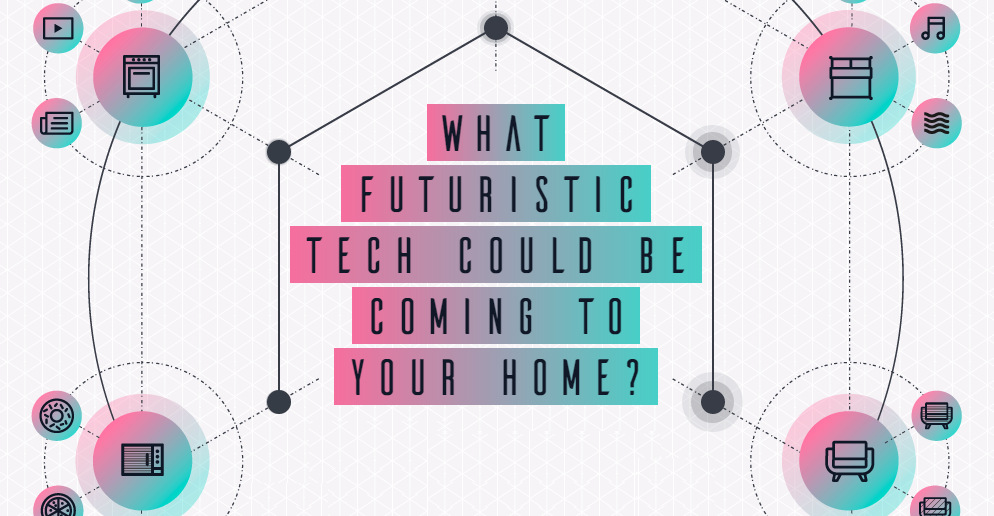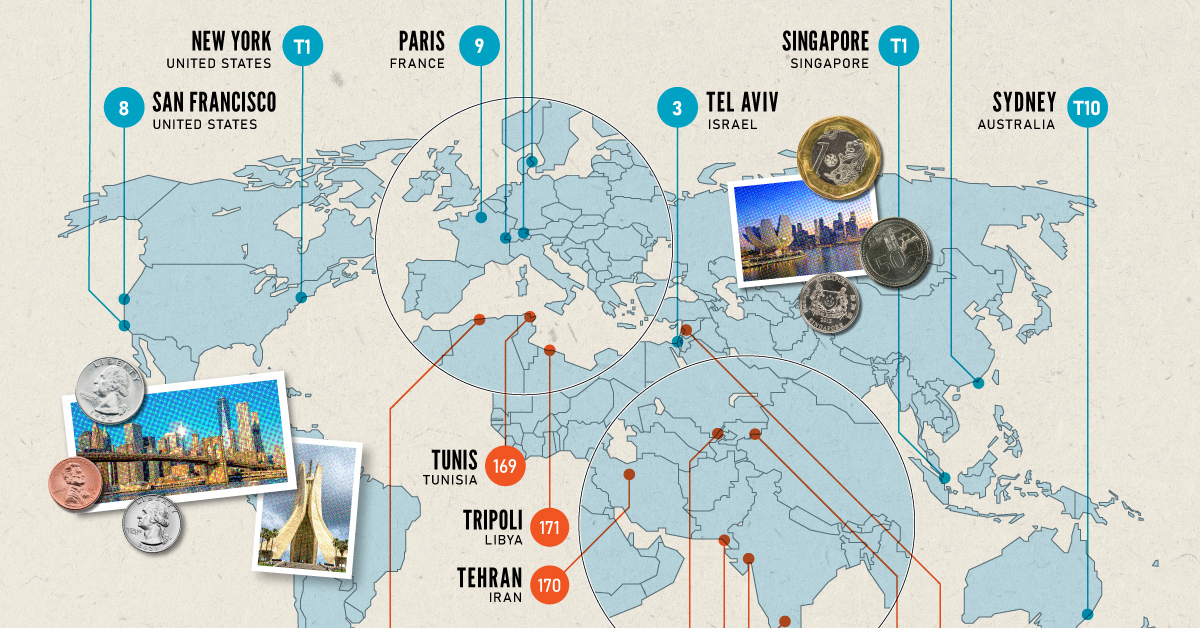But what will our homes look like in the more distant future, beyond the implementation of advanced home monitoring systems and other smart devices?
The future is bizarre
Today’s interactive infographic comes to us from RS Components, and it previews some of the upcoming technologies that futurists see inside your next home. And while some of the examples are easy to imagine, such as “smart windows” that can automatically turn from translucent to opaque with the touch of a button, others are a little more difficult to picture. Bathroom doctor: The trend of thinner and cheaper displays will climax in the near future, when your bathroom mirror turns into a personal doctor. By the year 2030, a futuristic toilet will run diagnostics on your bathroom sessions, and your GP in the mirror will alert you of potential illnesses, deficiencies, or other material data. Invisibility cloaks: By changing the way that light interacts with objects, invisibility cloaks could be used to “hide” ugly objects in your next home. See a video clip that explains the upcoming “Harry Potter” technology here. 3D Food Printing: Star Trek replicators are not far off – by the year 2045, food will be 3D printed from scratch in kitchens. Perhaps more importantly, 3D food printing will allow us to make use of things that are currently less desirable for use in traditional cuisine, such as algae, beet leaves, or insects. Dish Spa: Similar to a fish spa treatment, your future dishes will be cleaned by robotic fish in a tank by 2050. They’ll apparently take the remains of your food and convert it to a biofuel. Want some other strange predictions about the technology of the future? Check out what the Earth may be like 100 years from now. on Cities become “expensive” due to a variety of factors such as high demand for housing, a concentration of high-paying businesses and industries, and a high standard of living. Additionally, factors such as taxes, transportation costs, and availability of goods and services can also contribute to the overall cost of living in global cities. The infographic above uses data from EIU to rank the world most and least expensive cities to live in. To make the list, the EIU examines 400+ prices for over 200 products and services in 172 cities, surveying a variety of businesses to track price fluctuations over the last year.
Inflation + Strong Currency = Expensive Cities
If you live in a city where many residents find it challenging to put a roof over their heads, food on their plates, and make ends meet, you live in an expensive city. But if this inflation is compounded with a strong national currency, you may live in one of the world’s most expensive cities. Singapore and New York City tied for the first rank amongst the world’s most expensive cities in 2022, pushing Israel’s Tel Aviv from the first place in 2021 to the third place in 2022. Both these cities had high inflation and a strong currency. Surprisingly, this is the Big Apple’s first time atop the ranking. The city with one of the most expensive real estate markets worldwide, Hong Kong ranked fourth in this list, followed by Los Angeles, which moved up from its ninth rank in 2021.
Poor Economies = Cheaper Cities
Asia continues to dominate the list of the world’s least expensive cities, followed by parts of North Africa and the Middle East. Though affordability sounds good at face value, sitting at the bottom of the ranking isn’t necessarily a coveted position. While the cost of living in some of the cities in these nations is low, it comes at the price of a weak currency, poor economy, and, in many cases, political and economic turmoil. The decade-long conflict in Syria weakened the Syrian pound, led to a spiraling inflation and fuel shortages, and further collapsed its economy. It’s no surprise that its capital city of Damascus has maintained its position as the world’s cheapest city. Tripoli and Tehran, the capitals of Libya and Iran, respectively, follow next on this list, reflecting their weakened economies. Meanwhile, seven cities in Asia with the common denominator of high-income inequality and low wages dominate the list of the world’s cheapest cities. These include three Indian cities, Tashkent in Uzbekistan, Almaty in Kazakhstan, Pakistan’s most populous city of Karachi, and Sri Lankan capital–Colombo.















